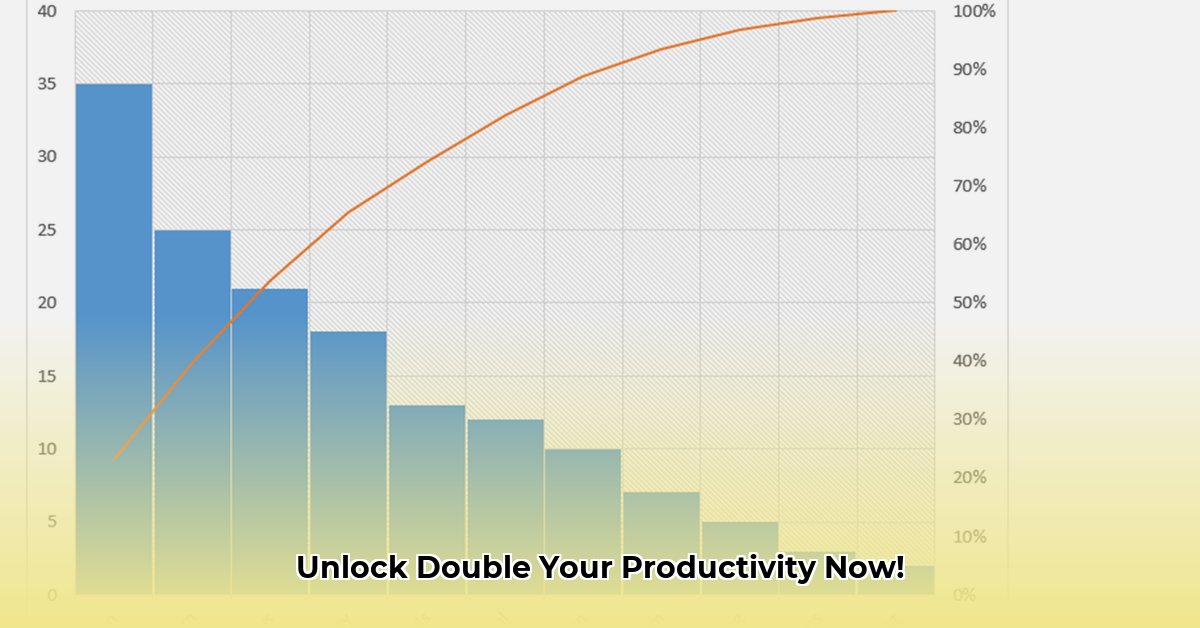Reclaim Your Time: Time Management for Moms Proven Strategies

Feeling overwhelmed by the constant demands of motherhood? You’re not alone. This comprehensive guide offers practical, effective strategies to reclaim ...
Read more
Master Freelance Time: Top Apps & Strategies

Feeling overwhelmed by juggling freelance projects and endless deadlines? You’re definitely not alone! This guide provides the strategies to seize ...
Read more
Master Pareto Principle Time Management: Double Your Productivity Now

Feeling overwhelmed and like you’re constantly busy without achieving significant results? You’re not alone. This guide reveals how to use ...
Read more
Master Time, Manage Stress: Reduce Anxiety Now

Feeling overwhelmed? This guide transforms time management from a chore into a pathway to a calmer, more productive you, covering ...
Read more
Master Time Management in Healthcare: Boost Productivity Now

Feeling overwhelmed by your demanding healthcare job? Juggling patient care, administrative tasks, and personal life can seem impossible. This guide ...
Read more
Get Your Time Management PDF: Boost Farm Efficiency Now

Sustainable farming offers unparalleled rewards, yet demands rigorous time management. This practical guide provides actionable strategies to optimize your time, ...
Read more
Time Management Essay: Ace Your Exams Now

College life is a constant juggling act. Classes, clubs, friends, and maybe even a part-time job—it’s a lot to keep ...
Read more
Master Time Management Charts: Boost Productivity Now

Stressed out and behind on everything? You’re not alone! This guide reveals how simple charts can dramatically improve your time ...
Read more
Master Time Management PPT: Boost Productivity Now

Feeling buried under a mountain of tasks? This comprehensive guide provides actionable strategies to maximize your efficiency, empowering you to ...
Read more
Boost Your Time Management Resume: Land Your Dream Job Now

Want a resume that actually gets you interviews? Just saying you’re good at time management isn’t cutting it anymore. Companies ...
Read more









